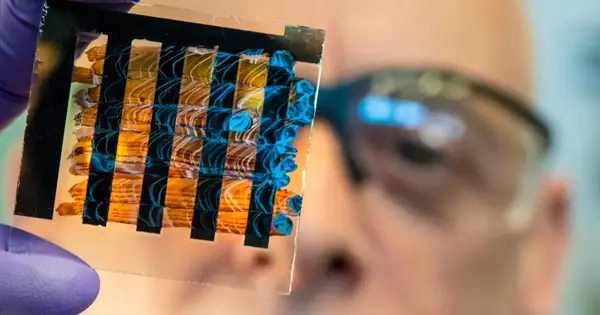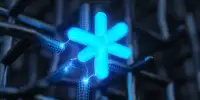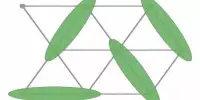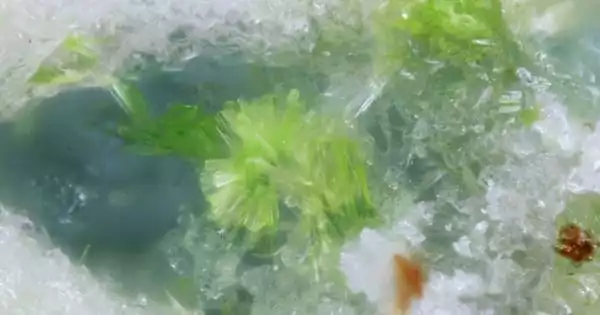A collaboration of Swiss and German researchers demonstrated for the first time the controlled generation of electron-photon pair states using integrated photonic circuits on a chip. They precisely detected the involved particles using a new technique. The experiment could lead to quantum-enhanced electron microscopy and adds free electrons to the quantum technology toolbox.
In an electron microscope, researchers created electron-photon pairs in a controlled manner. For the first time, researchers from Göttingen (Germany) and Lausanne (Switzerland) used an electron microscope to create electron-photon pairs in a controlled manner. They were able to precisely detect the involved particles using a new method. The study’s findings add to the toolbox of quantum technology.
Faster computers, tap-proof communication, and improved car sensors – quantum technologies have the potential to revolutionize our lives in the same way that computers and the internet did. Experts all over the world are attempting to incorporate findings from basic research into quantum technologies. To that end, they frequently require individual particles with tailored properties, such as photons (the elementary particles of light). However, obtaining individual particles is difficult and requires complex methods. Researchers present a new method for simultaneously generating two individual particles in the form of a pair in a study recently published in the journal Science.
Our work is an important step toward applying quantum optics concepts to electron microscopy. We intend to pursue future directions such as electron-heralded exotic photonic states and noise reduction in electron microscopy.
Guanhao Huang
The study demonstrates a novel technique for generating free-electron/cavity-photon pairs using chip-based photonics integrated circuits in an electron microscope. The work was conducted by a collaboration between the groups of Claus Ropers at the Göttingen Max Planck Institute for Multidisciplinary Sciences and the University of Göttingen, and Tobias Kippenberg from EPFL, the Swiss Federal Institute of Technology in Lausanne.
The international team from the Max Planck Institute for Multidisciplinary Sciences in Göttingen, the University of Göttingen, and the Swiss Federal Institute of Technology in Lausanne (EPFL) was successful in coupling single free electrons and photons in an electron microscope. The beam from an electron microscope passes through an integrated optical chip created by the Swiss team in the Göttingen experiment. The chip is made up of a fiber-optic coupling and a ring-shaped resonator that stores light by keeping photons moving in a circular path.
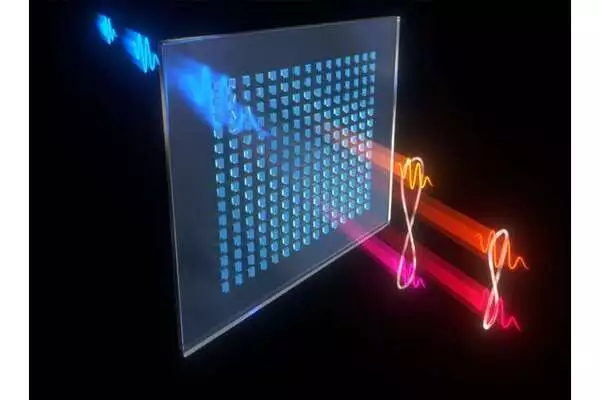
“A photon is generated when an electron scatters at the initially empty resonator,” explains Armin Feist, scientist at the MPI and one of the study’s first authors. “The electron loses exactly the amount of energy required for the photon to be created virtually from nothing in the resonator during the process. As a result of their interaction, the two particles are coupled and form a pair.” The physicists were able to precisely detect the individual particles involved and their simultaneous manifestation using an improved measurement method.
Future quantum technology with free electrons
“With the electron-photon pair, we only need to measure one particle to obtain information about the energy content and temporal appearance of the second one,” emphasizes Germaine Arend, a PhD candidate at the MPI and also first author of the study. This allows researchers to use one quantum particle in an experiment while, at the same time, confirming its presence by detecting the other particle, in a so-called heralding scheme. Such a feature is necessary for many applications in quantum technology.
Claus Ropers, Max Planck Director, sees electron-photon pairs as a new avenue for quantum research: “The method opens up exciting new avenues for electron microscopy. Entangled photon pairs already improve imaging in the field of quantum optics. Such concepts can now be investigated using electrons thanks to our work.” Tobias Kippenberg, an EPFL professor, adds, “We introduce free electrons into the toolbox of quantum information science for the first time. More broadly, using integrated photonics to couple free electrons and light could pave the way for a new class of hybrid quantum technologies.”
The research contributes to the emerging field of free-electron quantum optics by demonstrating a powerful experimental platform for event-based and photon-gated electron spectroscopy and imaging. “Our work is an important step toward applying quantum optics concepts to electron microscopy. We intend to pursue future directions such as electron-heralded exotic photonic states and noise reduction in electron microscopy,” said Guanhao Huang, a Ph.D. student at EPFL and co-lead author of the study.
